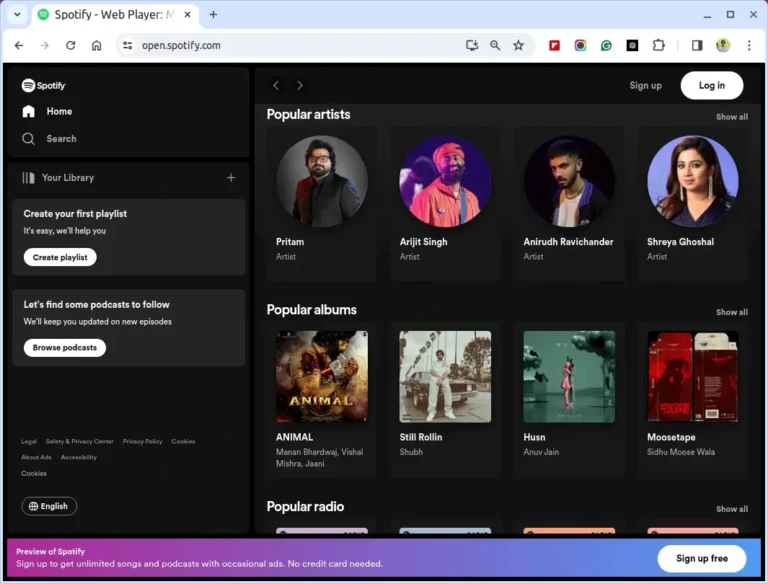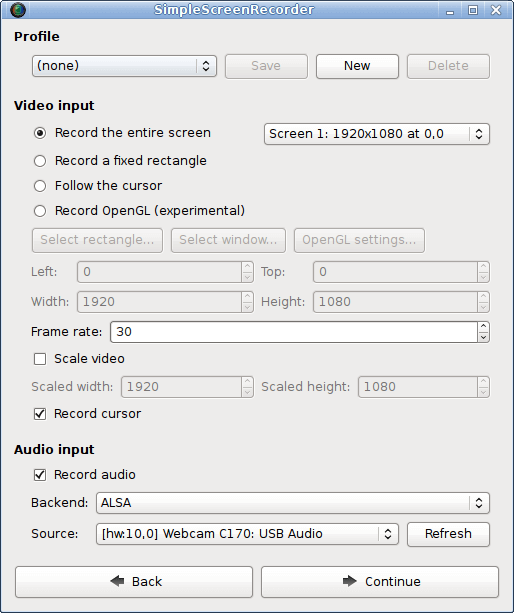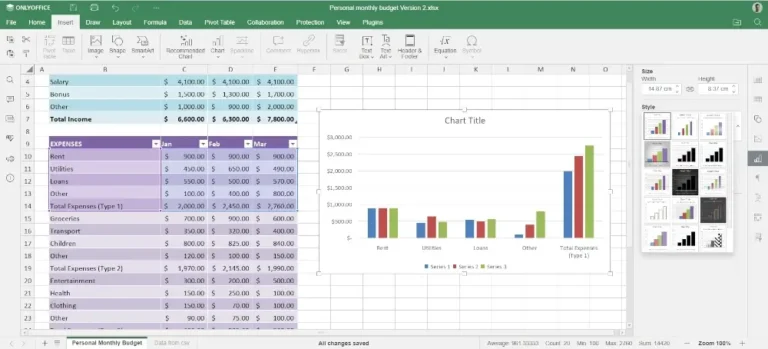Welcome to an in-depth exploration of TensorFlow, the powerful open-source software library that has revolutionized dataflow and differentiable programming. In this article, we will delve into the history of TensorFlow, its key features and components, as well as an overview of the latest version, TensorFlow 2.0. We will also discuss its various applications, including TensorFlow.js and TFLite, TFX and integrations, and real-world use cases. We will explore the TensorFlow ecosystem, including TensorBoard and other developer tools. So, let’s dive into the world of TensorFlow and discover its wide-ranging capabilities.
Key Takeaways:
Contents
- 1 Key Takeaways:
- 2 Introduction to TensorFlow
- 3 Usage and Applications
- 4 TensorFlow Ecosystem
- 5 Frequently Asked Questions
- 5.1 What is TensorFlow and what is it used for?
- 5.2 How does TensorFlow work?
- 5.3 Can TensorFlow be used for tasks other than machine learning?
- 5.4 What is the benefit of using a symbolic math library like TensorFlow?
- 5.5 What types of neural networks can be implemented using TensorFlow?
- 5.6 Is TensorFlow suitable for beginners in machine learning?
- TensorFlow is an open-source software library that supports symbolic math and differentiable programming, making it ideal for various tasks such as machine learning and neural networks.
- With its extensive ecosystem and integrations, TensorFlow offers flexible usage and wide applicability, including real-world applications in industries like healthcare and finance.
- The latest version, TensorFlow 2.0, provides a user-friendly and efficient experience, with features like TFX, TensorFlow.js, and TFLite, making it the go-to choice for developers and researchers.
Introduction to TensorFlow
TensorFlow, developed by the Google Brain Team, is a powerful open-source machine learning library widely used for building neural networks.
Originally released in 2015, TensorFlow has quickly become a cornerstone tool in the field of artificial intelligence, enabling developers and researchers to design and train complex neural networks efficiently. Its ability to handle both high-level abstractions and low-level operations makes it a versatile choice for a wide range of machine learning tasks. Industries such as healthcare, finance, and automotive have embraced TensorFlow for its capacity to process vast datasets, identify patterns, and make predictions with remarkable accuracy.
History of TensorFlow
The history of TensorFlow traces back to its inception by the Google Brain Team, released under the Apache License 2.0, demonstrating a commitment to open-source innovation and community collaboration.
This revolutionary deep learning framework was first introduced in 2015, propelling the world of artificial intelligence into a new era of advancements. The Google Brain Team, known for their groundbreaking research in the field, played a pivotal role in developing TensorFlow as a powerful tool for building and training neural networks effortlessly.
By adopting the Apache License 2.0, which allows for greater flexibility and reuse of the software, TensorFlow quickly gained widespread adoption and support from the machine learning community. This open-source approach not only encouraged innovation but also fostered collaboration among researchers and developers worldwide.
Key Features and Components
TensorFlow comes equipped with a multitude of key features and components, including seamless integration with Python, robust support for deep learning frameworks, and utilization of CUDA for efficient computation.
One of the standout features of TensorFlow is its seamless integration with Python, a widely adopted programming language in the field of data science and machine learning. This compatibility makes it easier for developers to leverage their existing Python skills and libraries while working on TensorFlow projects.
TensorFlow boasts robust support for various deep learning frameworks, allowing developers to build complex neural networks with ease. It provides a rich set of tools and pre-built modules that simplify the process of implementing deep learning models, making it a versatile platform for both beginners and experienced professionals.
Another significant advantage of TensorFlow is its utilization of CUDA for efficient computation. CUDA is a parallel computing platform and application programming interface (API) developed by NVIDIA, which enables TensorFlow to harness the power of GPUs for accelerated processing. This results in faster training times and more efficient execution of complex algorithms, making TensorFlow a preferred choice for developers working on large-scale deep learning applications.
TensorFlow 2.0 Overview
TensorFlow 2.0 represents a significant advancement, offering enhanced capabilities for mobile development on Android platforms and leveraging the power of TPUs for accelerated processing.
This latest iteration of TensorFlow boasts several key improvements that set it apart from its predecessors. One of the most noteworthy enhancements is its focus on streamlined mobile app development, making it easier for developers to create and deploy machine learning models on Android devices. The integration of TPU support ensures faster processing speeds, enabling complex computations to be executed with greater efficiency.
The expansion of TensorFlow 2.0 also extends to its usability and accessibility, with a more intuitive interface that simplifies the implementation of neural networks and other machine learning algorithms. Developers stand to benefit from the enhanced performance and flexibility offered by this updated version, paving the way for more innovative and impactful machine learning projects.
Usage and Applications
The usage and applications of TensorFlow span across various domains, with tools like TensorFlow.js and TFLite enabling web-based machine learning models, while TFX facilitates end-to-end ML pipeline development under an open-source license.
TensorFlow.js, for instance, is primarily used for deploying machine learning models directly in the browser, offering developers the ability to run models on client-side devices without server interaction. TFLite, on the other hand, optimizes models for mobile and edge devices, ensuring efficient inference with minimal resource consumption.
TFX streamlines the process of building and deploying production-ready ML pipelines, providing tools for data validation, model analysis, and orchestration. The presence of open-source licensing within the TensorFlow ecosystem encourages collaboration and innovation, fostering a vibrant community of developers working towards advancing machine learning technologies.
TFX and Integrations
TFX, with its advanced dataflow architecture, seamlessly integrates with platforms like Google Colab, enabling streamlined development and deployment of machine learning pipelines.
TFX’s dataflow architecture allows for the smooth orchestration of machine learning workflows, making it a powerful tool in the hands of data scientists and developers.
When utilized in conjunction with platforms like Google Colab, TFX simplifies the process of training models, managing datasets, and monitoring performance metrics.
This integration provides a cohesive environment for ML projects, where collaboration and version control become more manageable.
One of the key benefits of this fusion is the real-time tracking of experiments and the ability to scale deployment seamlessly, ensuring that models are continuously optimized for performance.
Real-world Applications
Real-world applications of TensorFlow encompass diverse areas, from Android app development leveraging TensorFlow Lite to advanced graphics processing using TensorFlow Graphics, showcasing the versatile utility of Google’s machine learning framework.
TensorFlow’s impact extends beyond mobile and graphics applications, reaching industries such as healthcare, finance, and automotive. In healthcare, it revolutionizes diagnostics with image recognition algorithms, while in finance, it enhances fraud detection systems. In the automotive sector, TensorFlow enables autonomous driving technologies.
Furthermore, Google’s machine learning technology continues to drive innovation by providing tools for natural language processing, time series forecasting, and recommendation systems. This flexible framework enables developers to create robust solutions for a wide range of problems, from predicting customer behavior to optimizing supply chain operations.
TensorFlow Ecosystem
The TensorFlow ecosystem offers a range of developer tools, including TensorBoard for visualization, TensorFlow Serving for model deployment, and integration with NumPy for efficient data manipulation.
TensorBoard is a powerful visualization tool that allows developers to track, visualize, and debug their machine learning models efficiently. It provides interactive dashboards with real-time insights into various aspects of the training process, such as loss curves, model graphs, and histograms of weights and biases.
TensorFlow Serving, on the other hand, simplifies the process of deploying machine learning models into production environments. It enables seamless integration with web applications, allowing for scalable and efficient serving of models.
The integration with NumPy further enhances data manipulation capabilities within TensorFlow, enabling developers to perform complex operations on multi-dimensional arrays with ease and speed.
TensorBoard and Developer Tools
TensorBoard, a key component of the TensorFlow ecosystem, provides visualizations for model training and evaluation, complemented by integrations with popular frameworks like Keras and cutting-edge AI features like Google’s RankBrain.
TensorBoard serves as an essential tool for machine learning developers, offering a comprehensive suite of features to track and analyze the performance of their models. Through interactive dashboards, users can monitor key metrics such as loss, accuracy, and learning curves in real-time, aiding in the fine-tuning and optimization of training processes.
The seamless integration of TensorBoard with Keras simplifies the visualization of neural networks architectures, fostering a deeper understanding of model design and facilitating better decision-making in model development.
For advanced practitioners, the incorporation of cutting-edge technologies like RankBrain enables the exploration of complex algorithms and techniques, pushing the boundaries of AI research and refining the overall efficiency of machine learning workflows.
Conclusion and Support
The TensorFlow ecosystem continues to expand and evolve, with advancements like Kubeflow enabling scalable ML workflows and TensorFlow Extended offering comprehensive solutions for production-ready models.
The Kubeflow project has played a pivotal role in simplifying the deployment of machine learning models at scale, leveraging Kubernetes for orchestration and resource management in a cloud-native environment.
On the other hand, TensorFlow Extended (TFX) has emerged as a valuable toolkit for building end-to-end machine learning pipelines, ensuring the development of robust models with features like data validation, transformation, model analysis, and serving.
Developers within the TensorFlow community benefit from extensive support resources including comprehensive documentation, tutorials, and active forums that foster collaboration and innovation.
Looking ahead, TensorFlow’s continuous enhancements and commitment to open-source principles position it favorably in the ever-evolving landscape of machine learning technologies, paving the way for exciting new possibilities and advancements in the field.
Conclusion and Support
Keras, an integral part of the TensorFlow ecosystem, provides a user-friendly interface for neural network development, while TensorFlow Serving ensures efficient model deployment and RankBrain offers cutting-edge AI features.
One of the key strengths of Keras lies in its high-level API, allowing developers to quickly prototype and build neural networks with minimal complexity. TensorFlow Serving, on the other hand, plays a crucial role in the deployment phase by seamlessly serving trained models to production environments, ensuring scalability and high performance.
RankBrain, a machine learning component of Google’s search algorithm, leverages AI to interpret complex search queries and provide more relevant search results. This advanced functionality enhances the overall user experience and demonstrates the power of incorporating AI into various applications.
Together, these tools create a collaborative environment for data scientists and developers, streamlining the machine learning workflow and enableing users to harness the full potential of artificial intelligence.
Frequently Asked Questions
What is TensorFlow and what is it used for?
TensorFlow is an open-source software library used for dataflow and differentiable programming across a range of tasks. It is also a symbolic math library and is primarily used for machine learning applications such as neural networks.
How does TensorFlow work?
TensorFlow uses a dataflow graph to represent mathematical operations and their dependencies. This allows for efficient parallel execution of these operations on a variety of devices, including CPUs and GPUs.
Can TensorFlow be used for tasks other than machine learning?
Yes, TensorFlow is a versatile library and can be used for a variety of tasks. Its dataflow and differentiable programming features make it useful for tasks such as data processing and simulation.
What is the benefit of using a symbolic math library like TensorFlow?
Symbolic math libraries, like TensorFlow, allow for efficient and accurate calculation of derivatives, which is crucial for training and optimizing complex machine learning models.
What types of neural networks can be implemented using TensorFlow?
TensorFlow supports a wide range of neural network architectures, including traditional feedforward networks, convolutional networks, and recurrent networks. It also allows for the creation of custom networks.
Is TensorFlow suitable for beginners in machine learning?
While TensorFlow may have a steep learning curve for beginners, its extensive documentation and community support make it a viable option for those new to machine learning. Additionally, TensorFlow offers a high-level API, Keras, which simplifies the process of building and training neural networks.





